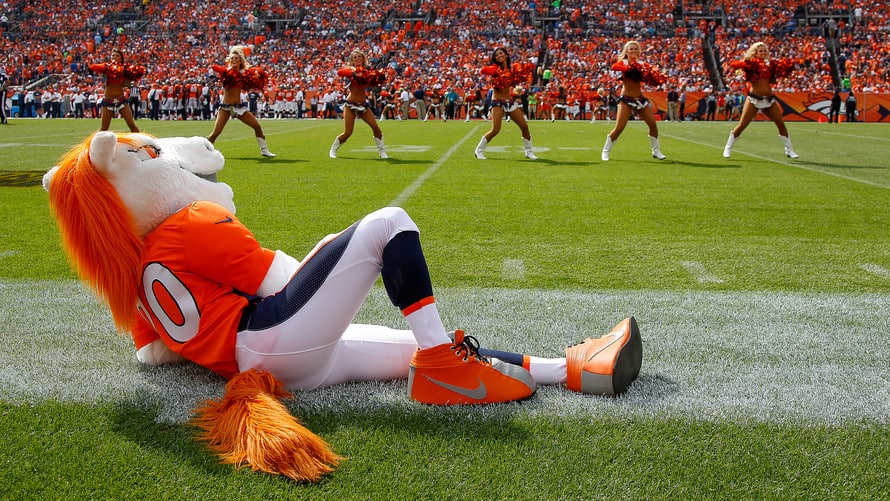
It is as reliable as your alarm clock.
Every time the stock market suffers a swoon, slump or downright rout, financial experts appear in the media to reassure investors that a charging knight is about to ride to their rescue. That knight? Billions or even trillions of dollars that are being held “on the sidelines” in the form of cash, and are “waiting to come into stocks.”
The basis of the argument: Investors — including households, the rich, the nervous, and big institutions — are holding big reserves in the form of cash, money market funds, short-term bonds and the like. When stock prices fall, they will be tempted to convert some of that money into stocks, “putting it to work,” and that will start driving the market higher.
It is an argument that is repeated reliably by major market figures, strategists, analysts, money managers, financial advisors, and plenty of others. You will see it and hear it on TV, radio, blogs, financial sites, and social media.
You’ll be hearing it again now, after the recent stock market panic sent the S&P 500 SPX, -0.12% plunging into a bear market — defined as a 20% drop from the top — and revived fears about recessions, financial crises, and “death crosses.”
The U.S. Federal Reserve reports that at the last count, everyone across the financial system, from grandmothers to hedge funds, was holding a total of $2.9 trillion in overnight money market funds (see Table L.206, line 1 on p. 115 of this report), $4.4 trillion in checking accounts and currency (Table L.204, line 1, p. 114), and another $12.1 trillion in savings account and Certificates of Deposit [Table L.205, line 1, p. 115).
That comes to $19.4 trillion in gross “cash” and equivalents that is “on the sidelines” of the stock market. Meanwhile, says, the Fed, the total market value of all U.S. stocks at the same time came to $41.7 trillion (Table L.223, line 1. p. 130).
So by the logic of this argument, there is roughly 50 cents in “cash on the sidelines” and “waiting to be put to work” for every $1 already held in stocks. Further Fed data suggests that U.S. households in aggregate hold assets in comparable proportions.
So if that cash “was put to work,” and “came into the market,” it would drive up stock prices by another 50%, right?
Alas not, say experts.
For every stock that is bought, one is sold, financial analysts observe sadly.
Every time someone invests, someone else cashes out, they lament.
If someone on the sidelines takes $150 in cash and buys a share in Apple AAPL, +0.05% , it also means a current Apple stockholder sells their share for $150 in cash.
“In markets, money can never be on the sidelines,” says Joachim Klement, head of investment research at Fidante Capital and a trustee of the CFA Institute Research Foundation. “Every time someone sells a stock, someone else has to buy it with her own cash. So cash holdings just move from one investor to another.”
Those pushing the argument about the money on the sidelines, say experts, are either being dishonest, or falling for one of the oldest tricks in the book — the “fallacy of composition.” It’s comparable to the idea that everyone at the poker table can win.
There may be trillions of dollars on the sidelines, but they cannot come into the market. The net figure for the amount of money that is going to come into the market is $0.00.

